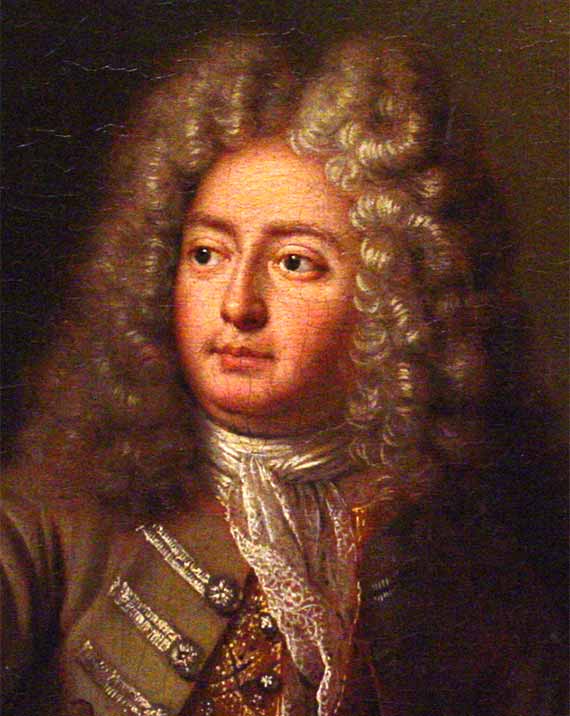Marin Marais stands as a hidden gem in the world of Baroque music. This French composer and viol virtuoso left a mark on the musical landscape of the late 17th and early 18th centuries. Despite his significant contributions, Marais often finds himself overshadowed by his more famous contemporaries, yet his impact on the development of French Baroque music is undeniable.
Marais’ legacy extends far beyond his exceptional skills as a performer. His compositions, particularly for the viola da gamba, pushed the boundaries of what was possible on the instrument. This article delves into Marais’ virtuosic performances, his innovative compositional style, his forays into opera, and his lasting influence on French Baroque music. It also explores his connections with other notable figures of the time, such as Jacques-Martin Hotteterre, to paint a comprehensive picture of this unsung hero of the Baroque era.
Marais as a Virtuoso Performer
Marin Marais had an exceptional mastery of the viola da gamba, establishing himself as the leading French composer for the instrument. His virtuosity was evident in his five books of “Pièces de viole” (1686-1725), which were highly popular in the court. These compositions showcased his innovative approach, pushing the boundaries of what was possible on the instrument. Johann Walther, in his 1732 musical lexicon, described Marais as “an incomparable Parisian violist whose works are known all over Europe.” Marais’ skill was further honed under the tutelage of Sainte-Colombe, another reclusive figure in the musical world. His appointment to the Court orchestra in his early twenties, under the leadership of Lully, further solidified his reputation as a virtuoso performer.
Compositional Style and Innovations
Marin Marais’ compositional style was deeply rooted in the French viol tradition. His five books of “Pièces de viole” (1686-1725) showcased his innovative approach to the instrument. These pieces, derived from lute and theorbo music, often featured preludes sans mesures and virtuosic bowed trills while maintaining French dance rhythms and melodies. Marais’ compositions typically included dance forms like Allemande, Gavotte, Sarabande, and Gigue, along with character pieces such as Plaintes and Tombeaux.
Marais’ works were known for their detailed performance directions. He included specific ornaments, bowings, dynamics, and fingerings in his scores, providing a valuable resource for modern performers. His innovations extended to distinguishing between two types of vibrato and directing which chords should be ‘broken’. This attention to detail made Marais’ compositions a time capsule of Baroque performance practice.
Marais’ Operas and Stage Works
Marin Marais, renowned for his viol compositions, also had a significant career as an opera composer. He learned his craft as one of Lully’s pupils and later became his music assistant. Marais composed several operas, including “Alcide” (1693), “Ariane et Bacchus” (1696), “Alcyone” (1706), and “Sémélé” (1709). These works followed the tradition of Lully’s tragédie en musique, typically consisting of five acts and a prolog.
Marais’ operas showcased his innovative approach, blending urgent tempos, glowing choruses, and spirited dance sections with languorous recitatives. His most successful opera, “Alcyone,” premiered on February 18, 1706, at the Palais Royal in Paris. It received enthusiastic public response and became Marais’ greatest triumph. The opera’s famous storm scene in Act Four and its inventive, colorful score contributed to its enduring popularity.
Marais’ Influence on French Baroque Music
Marin Marais had a profound impact on French Baroque music. His five volumes of “Pièces de Viole” established him as the central figure in the French school of bass-viol composers and performers. These collections, featuring dance suites and character pieces, showcased Marais’ innovative approach and pushed the boundaries of viol composition. His works were known throughout Europe, with contemporaries praising his “fecundity and elegance of genius.” Marais’ influence extended to the next generation of viol players, including Charles Dollé, Louis de Caix-d’Hervelois, and Jacques Morel, who are believed to have studied under him. His legacy as a composer and performer continues to resonate, with his music still performed regularly, even in places like Australia.
Conclusion
Marin Marais, a hidden gem in the Baroque music world, left an indelible mark on the musical landscape of his time. His virtuosity on the viola da gamba, groundbreaking compositions, and operas showcase his immense talent and creativity. Marais’ attention to detail in his scores and his innovative approach to composition have had a lasting impact on French Baroque music, influencing generations of musicians and composers.

